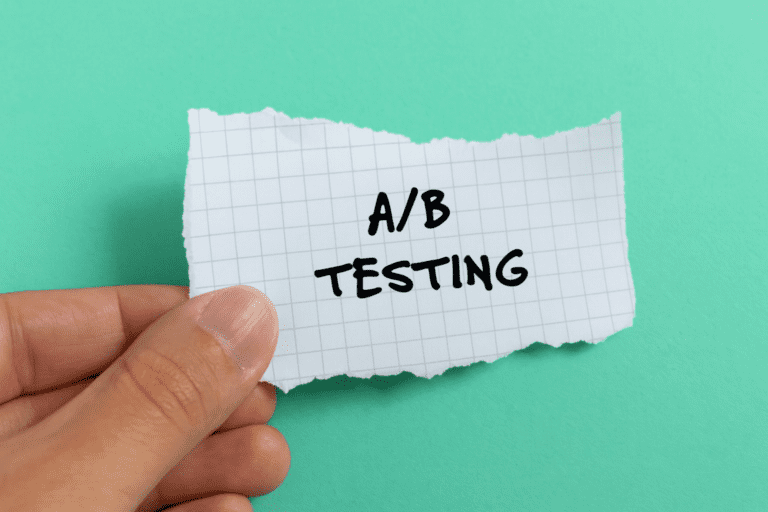What Are Unique Selling Proposition? With 13 USP Examples for 2025

I hope you enjoy this blog post. If you want Hello Bar to grow your leads, click here.
Author:
Mansi
Published
May 18, 2025
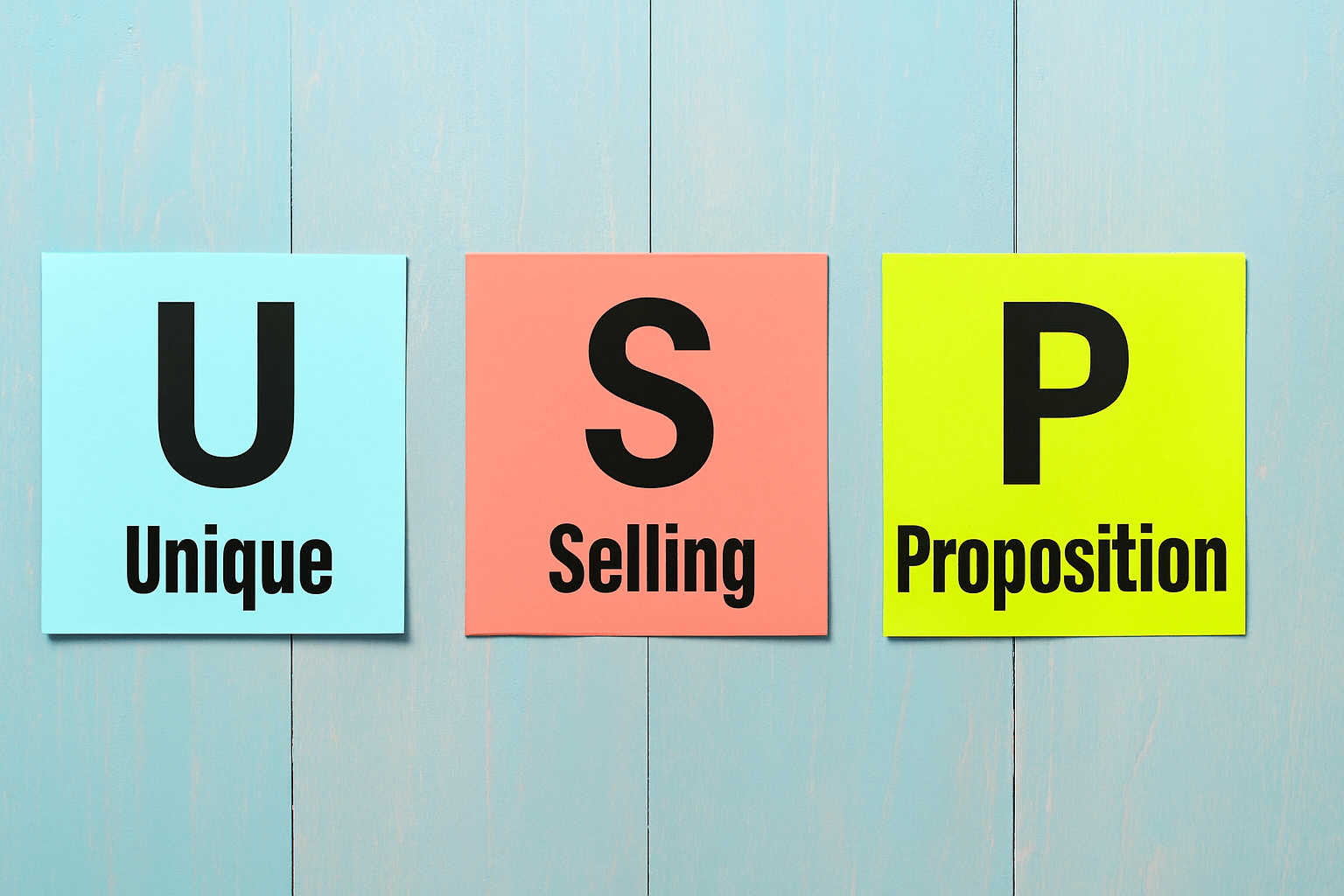
When you’re trying to sell something, one of the hardest things isn’t building the product or even marketing it—it’s explaining why someone should choose you over the next business doing the same thing.
That’s where a Unique Selling Proposition (USP) comes in. It’s not just a catchy phrase. It’s the heart of your brand’s message—the core reason why people buy from you instead of anyone else. If you’re looking for a unique selling proposition example, you’re thinking in the right direction.
In this blog, we’ll unpack what a USP really is, why it matters, and how businesses are using it effectively in 2025. We’ll also walk through 13 real examples to show how different companies make it work. These are great unique selling points examples that can help guide your own positioning.
Let’s keep it simple, honest, and packed with value.
What Is a Unique Selling Proposition?
A USP is a short, clear statement that tells your customers what makes your product or service different. Not just different for the sake of being different, but different in a way that’s meaningful to your customer.
It answers questions like:
- Why should someone choose you?
- What do you offer that others don’t?
- What problem are you solving that others are ignoring?
It’s not your tagline or a marketing slogan—though it can be woven into them. A USP is the foundation for how you position your product, your messaging, your pricing, and even how you serve your customers.
If it doesn’t explain why your offer is better or more suitable to your buyer than anyone else’s, it’s not a USP. A unique selling proposition example can show how much clarity and confidence it gives to both customers and teams.
Why Does a USP Matter?
Because people have too many choices. And not enough time to figure out which option is best. A clear USP helps them make that decision faster.
A strong USP:
- Cuts through noise
- Builds trust
- Makes your product memorable
- Helps your team stay focused on what matters
If you’ve ever bought something and thought, “I know exactly why I’m buying from them,” chances are, that brand nailed its USP. And chances are, they had a strong unique selling proposition example built right into their message.
What Makes a USP Work?
Here are the key ingredients that go into a strong USP:
- It’s simple. No big words. No complicated ideas. Just a clear statement that anyone can understand.
- It’s specific. Instead of saying “great customer service,” say what makes it great. 24/7 live chat? No wait times? Same-day delivery?
- It speaks directly to the customer. A USP should reflect what your customer actually cares about, not just what you’re proud of.
- It’s unique in messaging, if not in product. You don’t have to invent something brand-new. You just have to explain what’s special about your version of it.
- It can be proven. If your USP sounds too good to be true, people won’t believe it. Be ready to show that you can back it up.
If you’re ever stuck, looking at a solid unique selling points examples list can spark inspiration.
13 Unique Selling Proposition Examples That Work in 2025
Let’s break down how businesses are applying this in the real world. Each one is a strong unique selling proposition example worth learning from.
Bellroy – “Slim your wallet without turning your world upside down.”
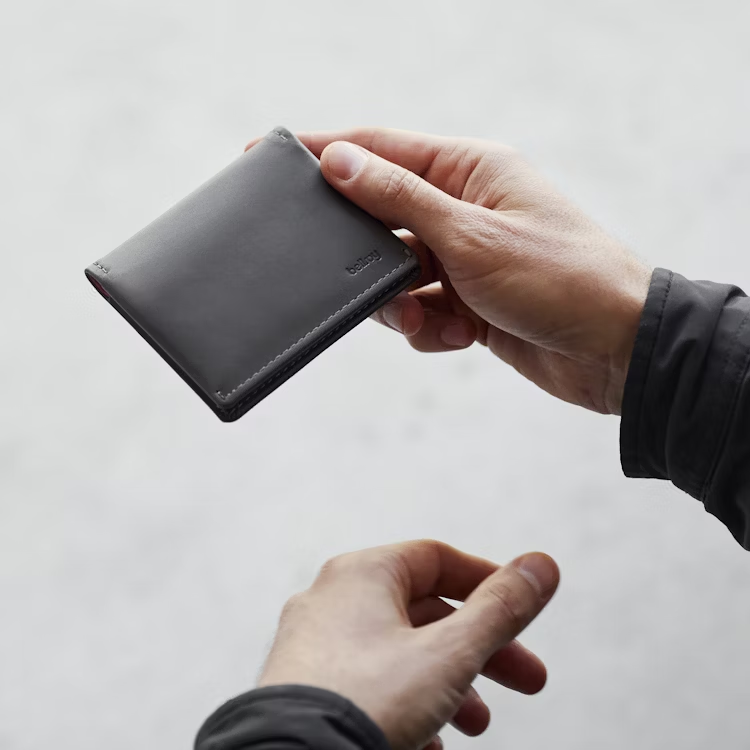
Bellroy tackles a common pain point—bulky wallets that ruin the shape of your pocket or make sitting uncomfortable. Their USP communicates that their wallets are slimmer but still functional. You don’t have to sacrifice space or usability. It’s a persuasive statement because it focuses on the balance between minimalism and practicality—two things modern customers value.
Hiut Denim Co. – “Do one thing well.”
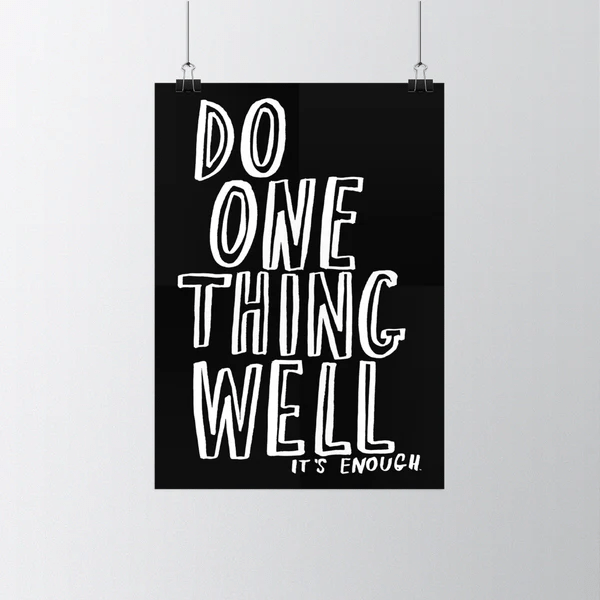
Hiut stands apart in a crowded fashion market by narrowing their focus. Instead of offering multiple product lines, they concentrate solely on denim jeans. This tells buyers: “We’ve put all our effort, craftsmanship, and experience into making the best jeans possible.” It also builds trust—the company isn’t distracted by trends or side projects.
Warby Parker – “Try 5 frames at home for free.”
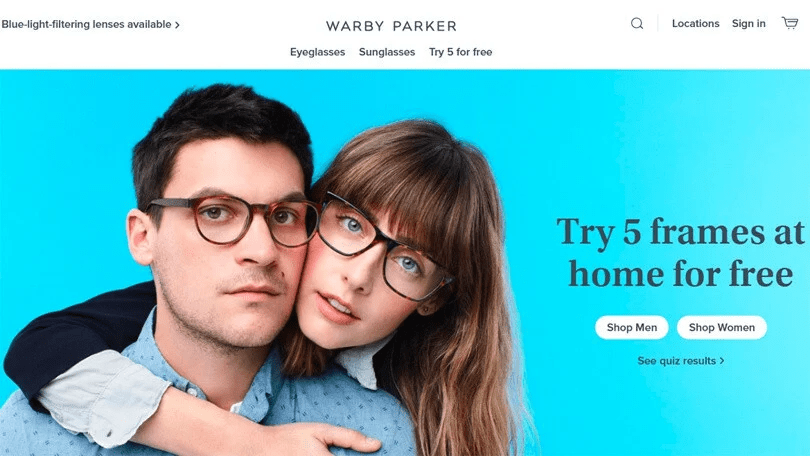
Glasses are a personal purchase. People want to see how they look and feel before committing. Warby Parker understood this barrier and turned it into a benefit. Their USP eliminates hesitation by letting customers try multiple pairs at no cost. It’s practical, risk-free, and gives the shopper control over the decision.
Domino’s Pizza – “Hot pizza delivered in 30 minutes or it’s free.”
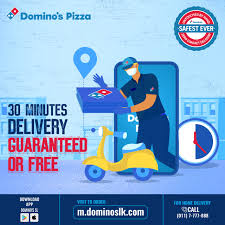
This USP helped Domino’s dominate the delivery market. It wasn’t just a promise—it was a commitment backed with consequences. Customers felt assured that they’d get their meal promptly, or they wouldn’t pay. It played directly into people’s hunger and impatience, which made it effective.
TOMS Shoes – “1/3 of profits for grassroots good.”

TOMS doesn’t just sell shoes—they sell purpose. Their USP appeals to socially conscious customers who want their money to do more. By pledging a third of their profits to local causes, they create emotional value. Buyers aren’t just purchasing shoes; they’re participating in meaningful change. A standout unique selling proposition example in cause-driven branding.
Canva – “Empowering the world to design.”

Canva breaks down design barriers. Their USP appeals to anyone who feels intimidated by graphic design software. It says: “You don’t need to be a professional to create beautiful things.” That message resonates deeply with small business owners, students, and creators who value independence and self-expression.
Best Buy – “Find a lower price and we’ll match it.”

This USP does two things: it removes the fear of overpaying, and it stops people from shopping elsewhere. Best Buy is telling you: “Go ahead and look—if you find a better price, we’ll match it.” That instills confidence and prevents cart abandonment, especially in high-ticket purchases.
M&M’s – “Melts in your mouth, not in your hand.”
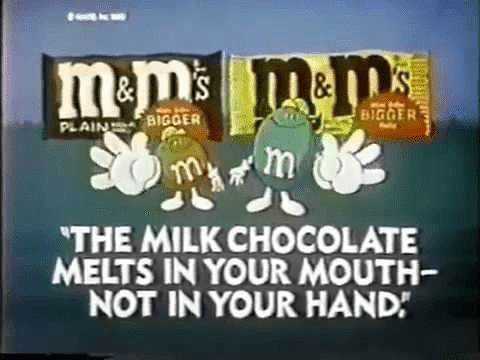
It’s a quirky line, but incredibly effective. M&M’s turned a technical feature—the hard candy coating—into a memorable benefit. Their USP isn’t just about taste; it’s about convenience and cleanliness. It appeals to parents, commuters, and snackers who don’t want a mess.
Also read 3 expert ways to sell more.
Patch Plants – “Find the right plants. Delivered. Cared for.”

Buying plants online is usually hard: you’re not sure what fits your space, how to care for it, or if it’ll survive shipping. Patch addresses all of this in one simple line. Their USP speaks to beginners and busy urban dwellers who want the joy of plants without the guesswork.
Obvi – “Collagen for better sleep.”
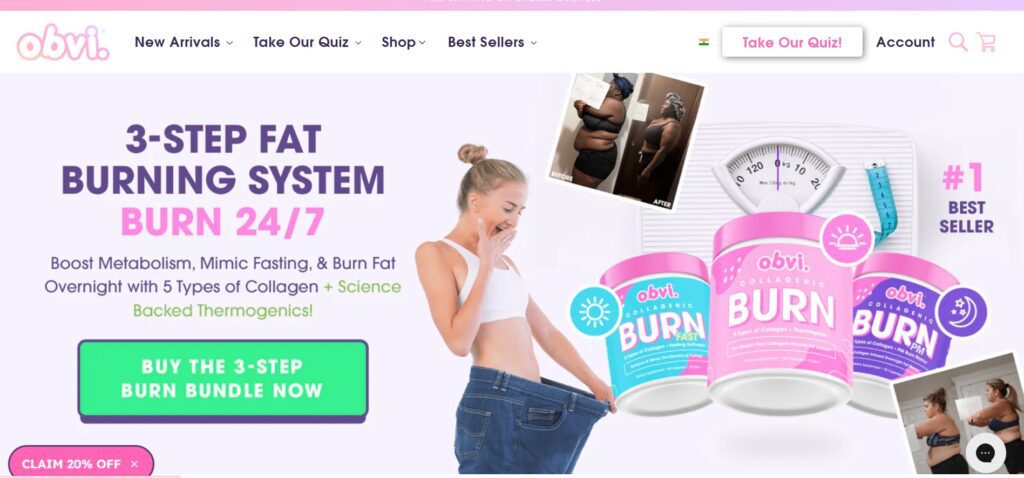
Obvi took a saturated collagen market and found a new angle—sleep. Instead of pushing generic beauty claims, they focused on rest and recovery. Their USP appeals to people who want multi-purpose supplements. It’s a targeted, benefit-driven promise that answers a real concern.
FedEx – “When it absolutely, positively has to be there overnight.”

FedEx sells trust. Their USP is about more than speed—it’s about reliability in critical moments. Whether it’s legal papers, medical supplies, or urgent gifts, this line speaks to the weight of the situation. The repetitive phrasing adds emphasis and sticks in your memory.
American Musical Supply – “Rock now. Pay later.”
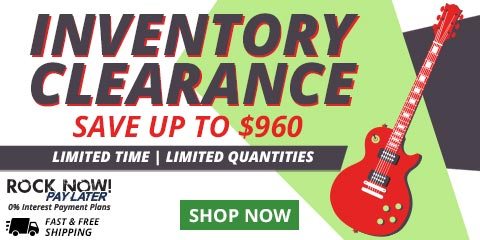
Musical instruments are pricey, especially for students or hobbyists. This USP removes the biggest barrier: upfront cost. By offering financing, AMS makes gear more accessible. The language is casual and fun, matching their audience. It encourages impulsive buying, backed by flexibility.
GEICO – “15 minutes could save you 15% or more on car insurance.”

GEICO’s line does three things well: it’s short, it’s measurable, and it hints at savings. The repetition of “15” makes it easy to recall. It plays on the idea that with very little effort (just 15 minutes), you can get a reward (lower premium). That’s a persuasive hook for busy customers.
Each one is a real-world unique selling proposition example that shows you don’t need flashy words—just focus on one real promise.
What Do All These Have in Common?
None of these brands tried to sound like everyone else. They didn’t use bland terms. They didn’t chase trends. They picked something they did really well, and said it clearly.
You’ll also notice that most of them:
- Use persuasive words that relate to benefits (“save,” “try,” “free”)
- Focus on a specific need
- Don’t try to be everything to everyone
Whether they’re targeting affordability, simplicity, or a cause—it’s one clear idea. And that idea sells. These unique selling points examples work because they’re focused and believable.
Throughout all these examples, there’s a quiet use of words that persuade. These aren’t always loud or obvious. Sometimes it’s just the comfort of a word like “free” or “try.” But it’s the phrasing that gently tips someone from curious to convinced.
How to Create Your Own USP
Here’s a simple way to get there. No fluff. Just do these four things:
List What Sets You Apart
Write down what’s truly different about your product, service, or approach. Look at your tech, delivery model, return policy, customer care, or mission. Be honest. It has to matter to your customer.
Think Like Your Customer
What’s the problem they’re trying to solve? What do they wish was easier? What frustrates them about your competitors? Use customer reviews, live chat transcripts, or survey data. Or talk to them directly.
Check the Competition
Look at five businesses in your space. What do they claim? What don’t they mention? What’s overused? Find the gap.
Write a One-Line Statement
Try to get it under 10 words. Say what makes you the obvious choice. Don’t try to sound clever. Say it like a human.
Many successful unique selling points examples follow this exact process.
How to Use Your USP in Real Life
Once you have a USP, don’t bury it on a brand slide deck. Use it:
- On your website header
- In your email subject lines
- In ads (especially retargeting)
- In your product packaging
- In your pitch decks
The more often someone sees it, the more likely they are to remember it. Just make sure it matches your delivery. Empty promises are worse than saying nothing at all. A good unique selling proposition example stays consistent across all these channels.
The Role of Persuasive Words
The entire point of a USP is persuasion. You’re giving people a reason to choose you.
That’s where the right words come in. Words that persuade aren’t just loud words—they’re the words that gently confirm what someone’s already hoping to find.
Some words that sell include:
- “Try” (lowers risk)
- “Only” (creates urgency)
- “Free” (removes barrier)
- “Proven” (adds trust)
- “New” (triggers interest)
- “Save” (shows benefit)
These words that persuade should be part of how you talk about your USP. Not in a forced way, but as part of honest communication. Great unique selling points examples often rely on them.
Final Thoughts
Having a strong USP doesn’t mean saying you’re the best. It means saying something that matters to your customer, that your competition isn’t saying—and then proving it.
Whether you’re a startup or an established brand, your USP is the reason people choose you. It deserves your time, attention, and clarity.
A clear USP sets your business apart and gives your customer a reason to say yes. When you write it well and use it right, it becomes the silent salesman behind every good decision your customer makes.
Meta:
Stop blending in. These 13 unique selling points examples show how real brands stand out—and how you can shape your own unique selling proposition that actually sells.




![11 Effective SMS Popup Examples [+ How to Create Them] 18 SMS popup examples](https://www.hellobar.com/wp-content/uploads/2025/09/paper-craft-art-inbox-notification-768x768.jpg)
